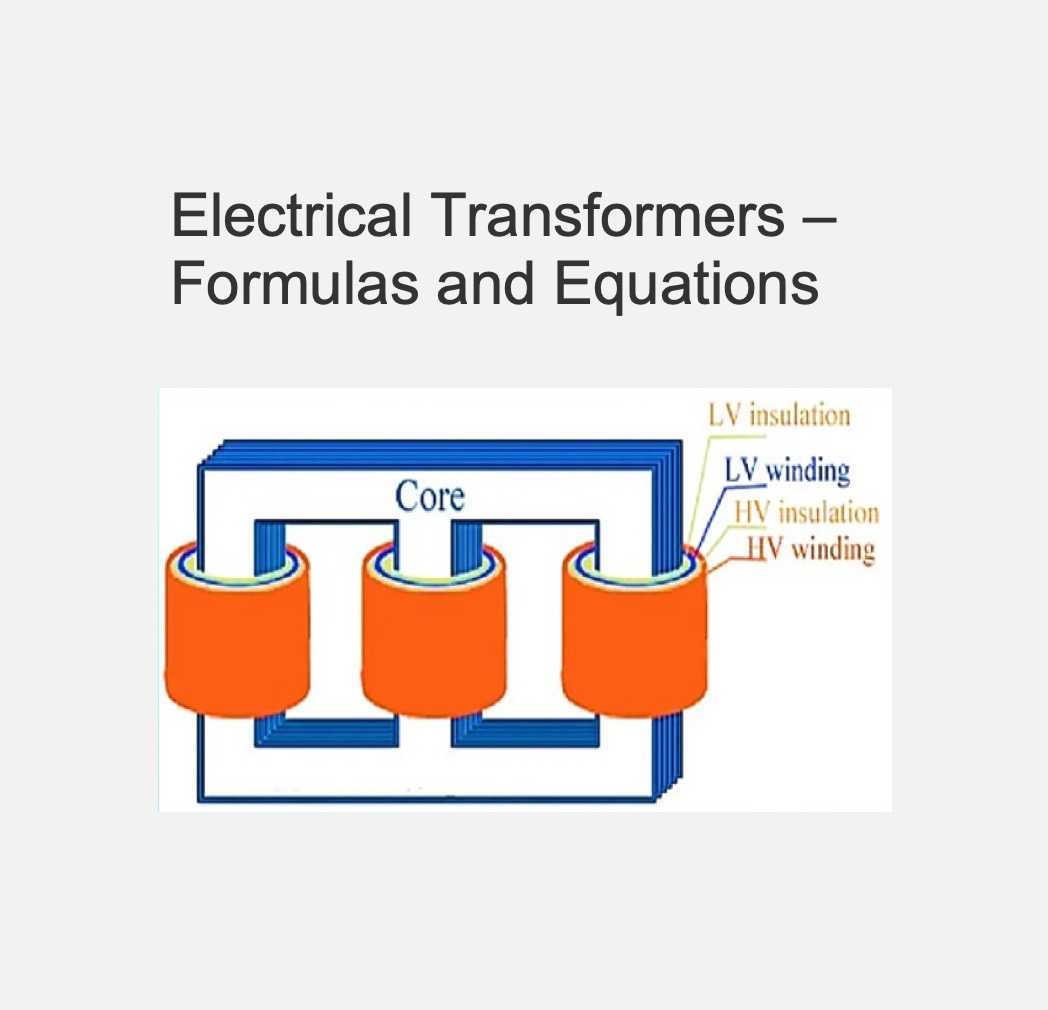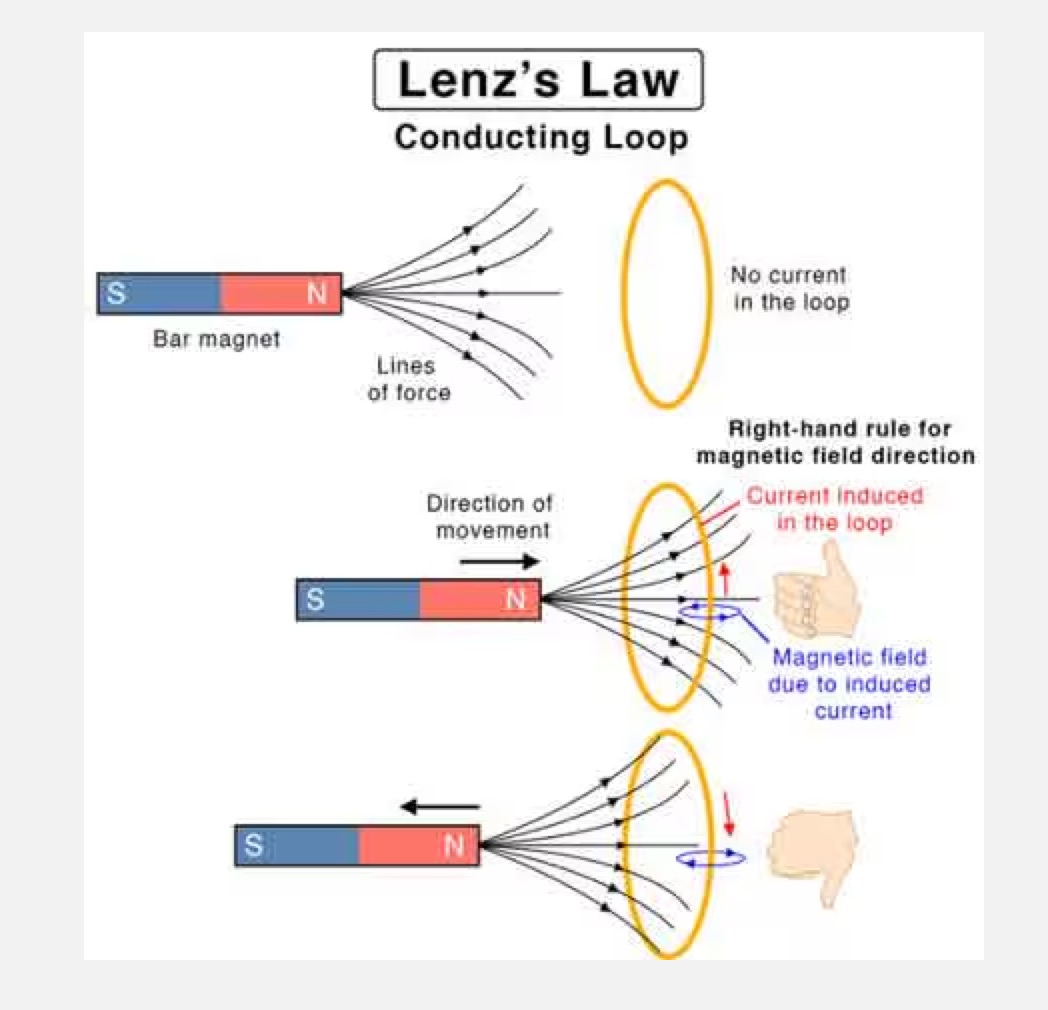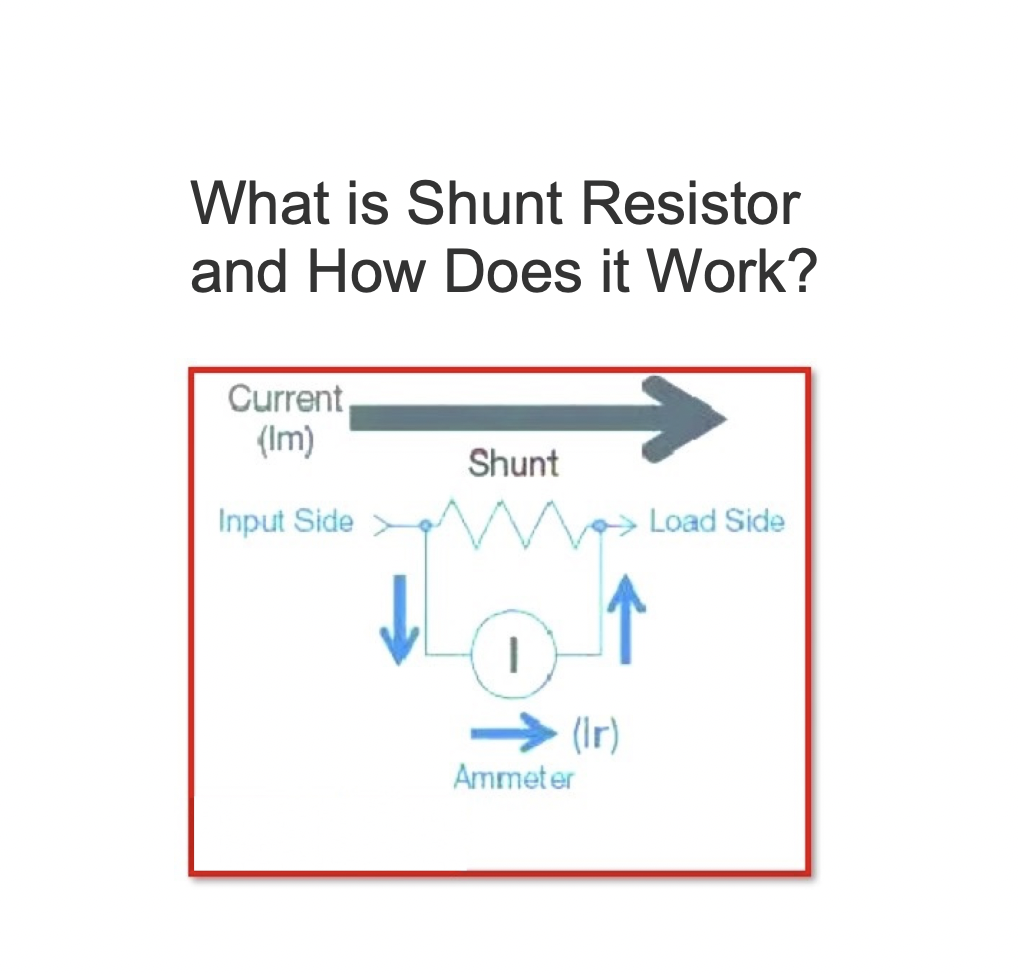Kirchhoff’s Voltage Law
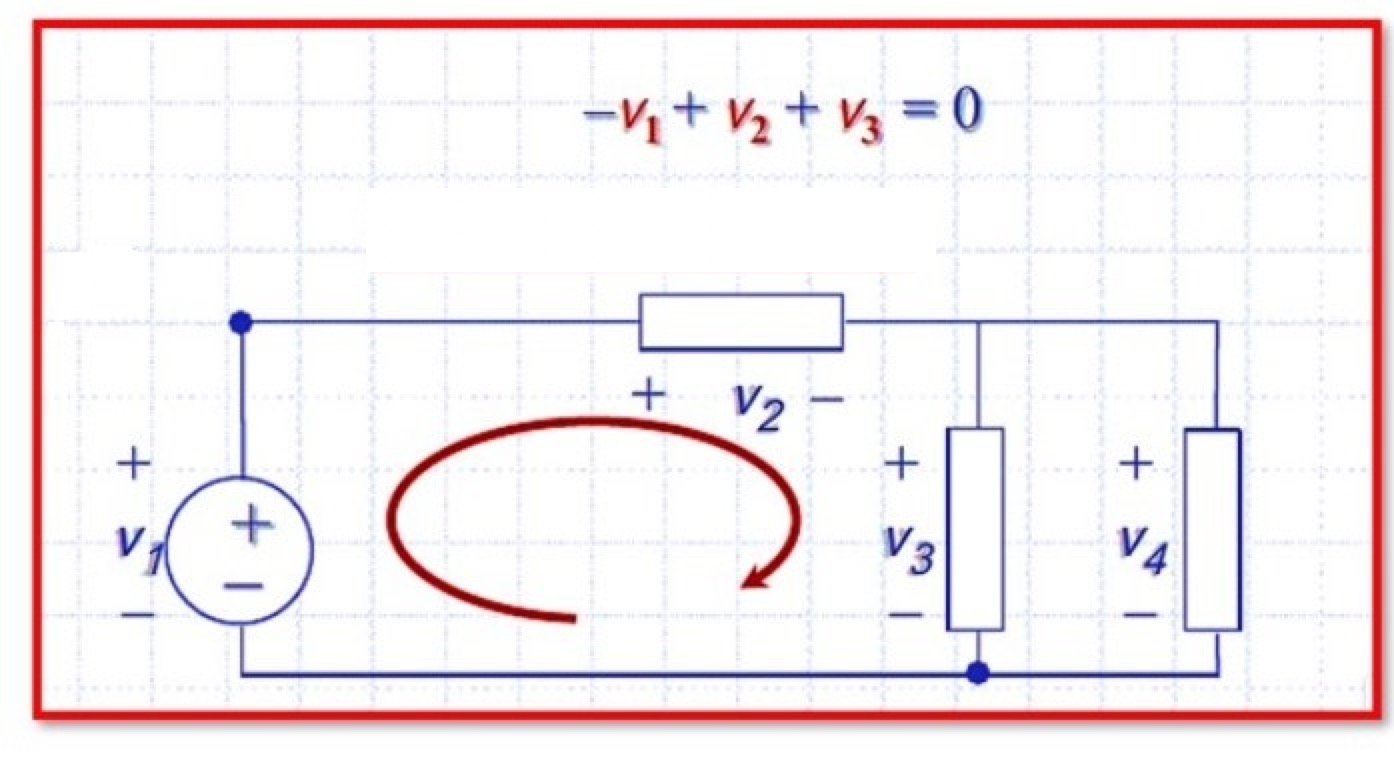
Kirchhoff’s Laws include two fundamental principles in electrical circuit analysis:
Kirchhoff’s Current Law (KCL) (Kirchhoff’s First Law or Kirchhoff’s 1st Law) &
Kirchhoff’s Voltage Law (KVL) (Kirchhoff’s Second Law or Kirchhoff’s 2nd Law).
These principles serve as essential tools for evaluating complicated electrical circuits, allowing engineers & researchers to predict & comprehend the behavior of circuits in various configurations. Kirchhoff’s Laws are widely applied in
Electronics engineering,
Electrical engineering, &
Physics for circuit analysis & design.
What does Kirchhoff’s Voltage Law (KVL) State?
In any closed loop within a circuit, the algebraic sum of voltage applied is equal the sum of all voltage drop in the element in a closed loop.
![]()
What is Loop?
A loop in a circuit is a simple closed path where no circuit component or node is met more than once.
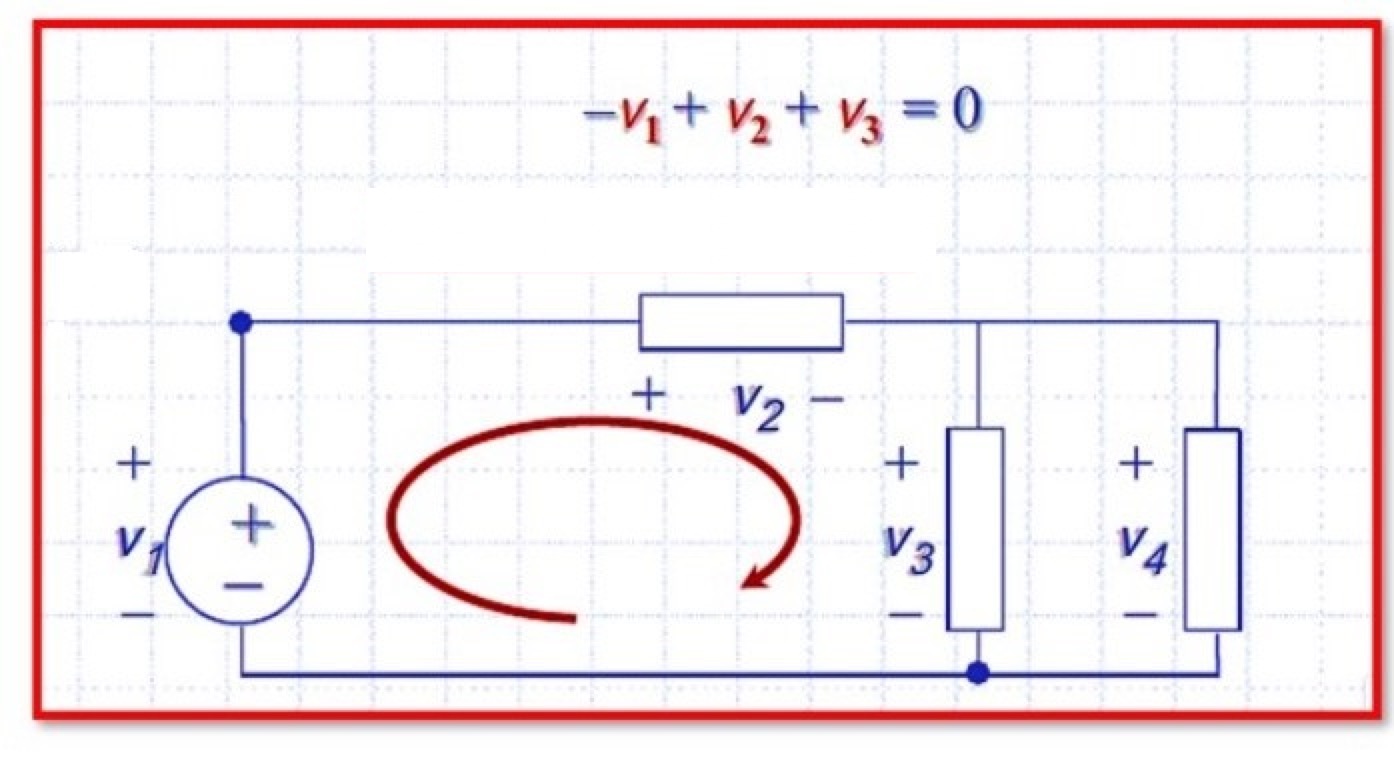
Consequently, the KVL equation is

It can be expressed as follows using Ohm’s law for the voltage drop across the resistors:

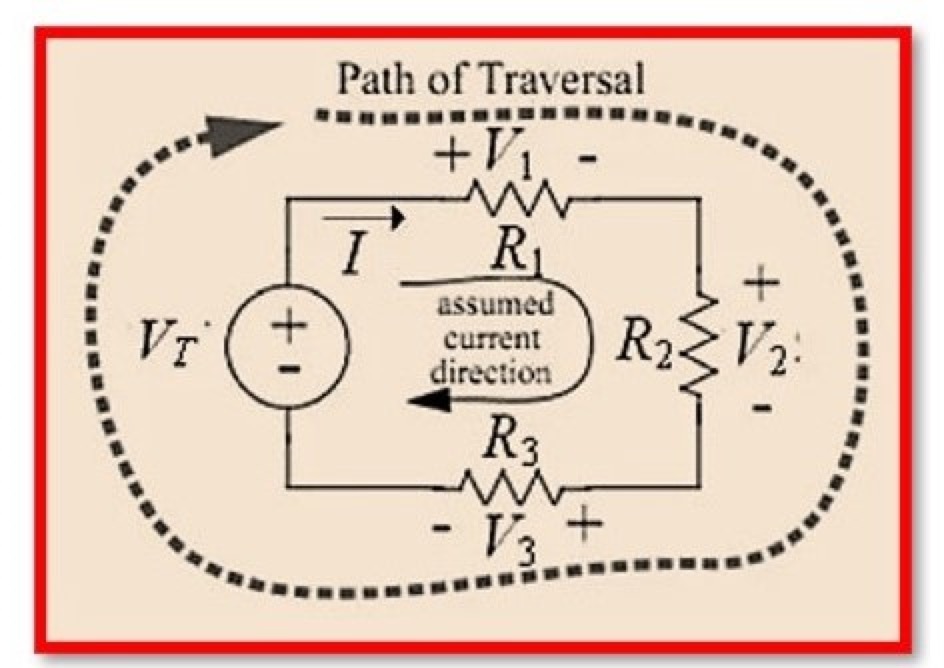
In order to comply with the passive sign convention, the assumed current generates a voltage across each resistor and fixes the arrangement of the “+” and “-” signs.
For KVL analysis to function, the assumed current direction and polarity of the voltage across each resistor must agree with the passive sign standard.
What is the other name of Kirchhoff’s Voltage Law?
Kirchhoff’s Voltage Law is also called as Kirchhoff’s Second Law.
What is Voltage Drop in KVL?
The difference in voltage between any two points on an electrical conductor is called Voltage drop.
Applications of KVL:
KVL is applicable to simple circuits, such as lighting on an LED. According to the KVL, the difference between the junction voltage of an LED and the voltage source, which is frequently much higher, must be dissipated somewhere else in the circuit.
Statement: Respect the original, good articles worth sharing, if there is infringement please contact delete.
As an electrical engineer with 5 years of experience, I focus on transformer and circuit breaker reliability in 110/33-11kV and 33/11kV substations. I am a professional electrical engineer with experience in transformer service and maintenance.


